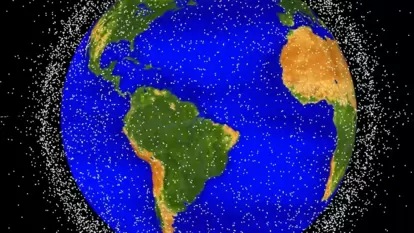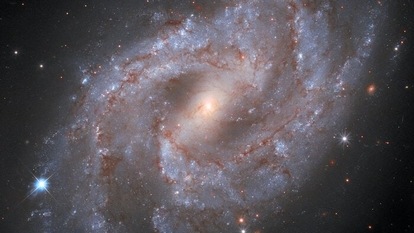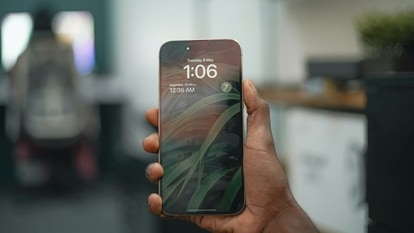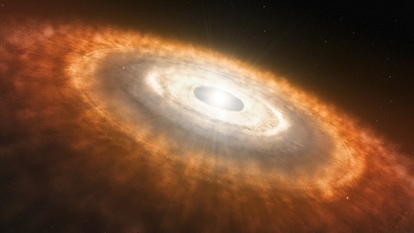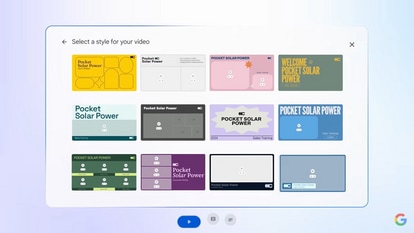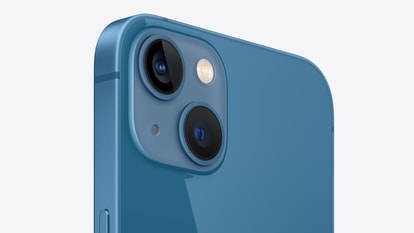NASA Orion Spacecraft returns to Earth; completes Artemis I flight test mission
NASA's Orion spacecraft has returned to planet Earth after completing the Artemis I flight test. Check details here.
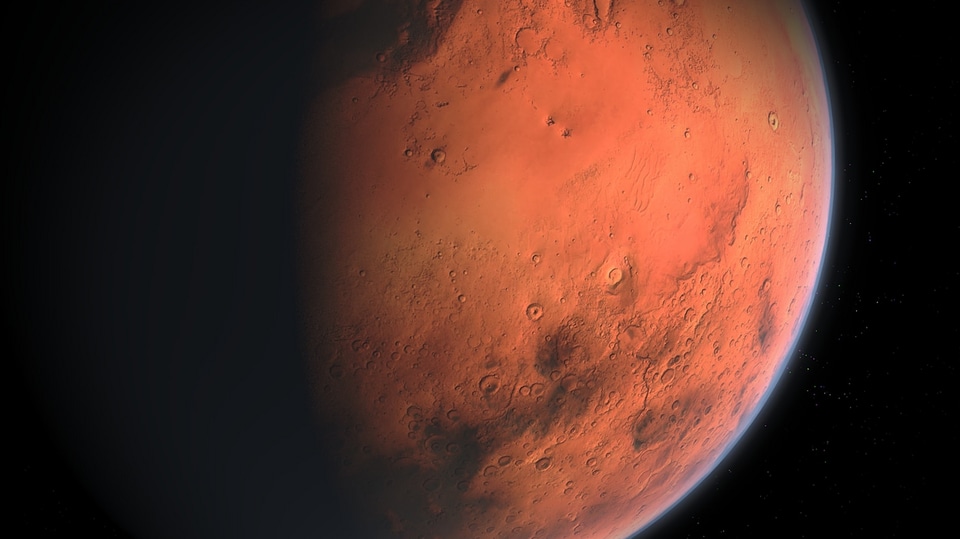
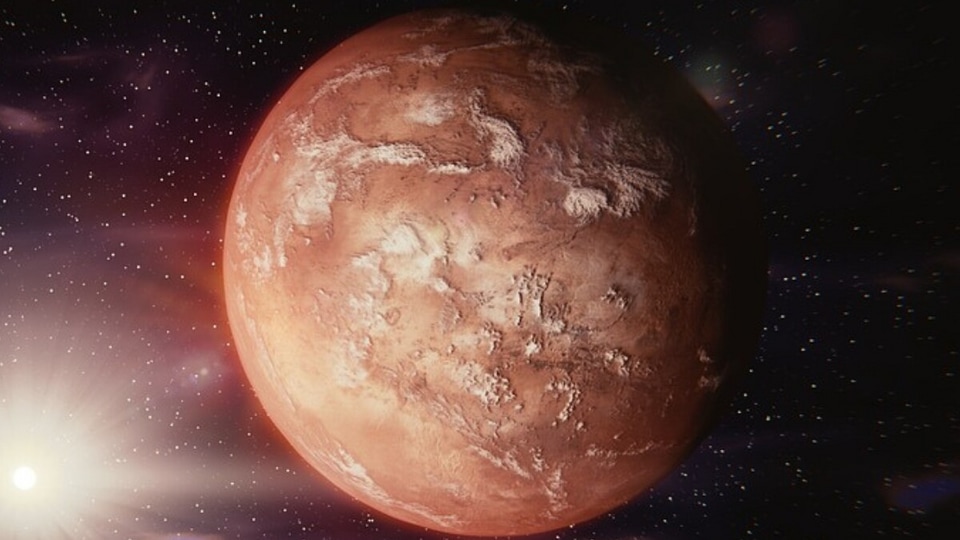
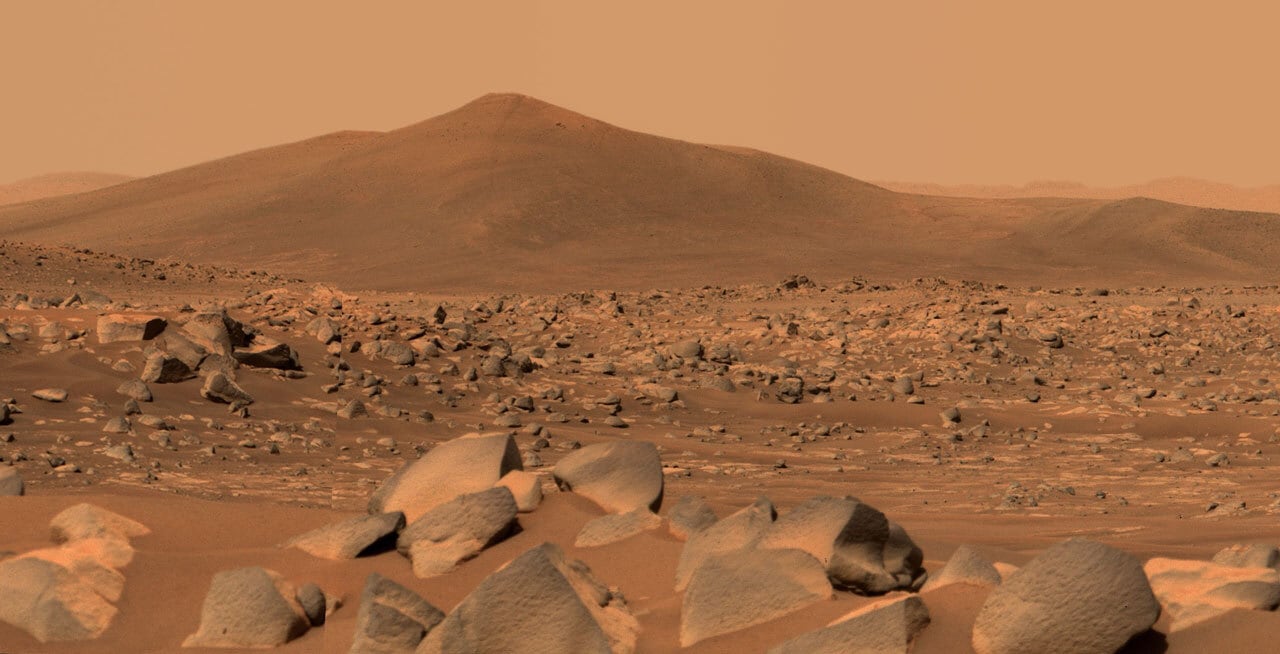
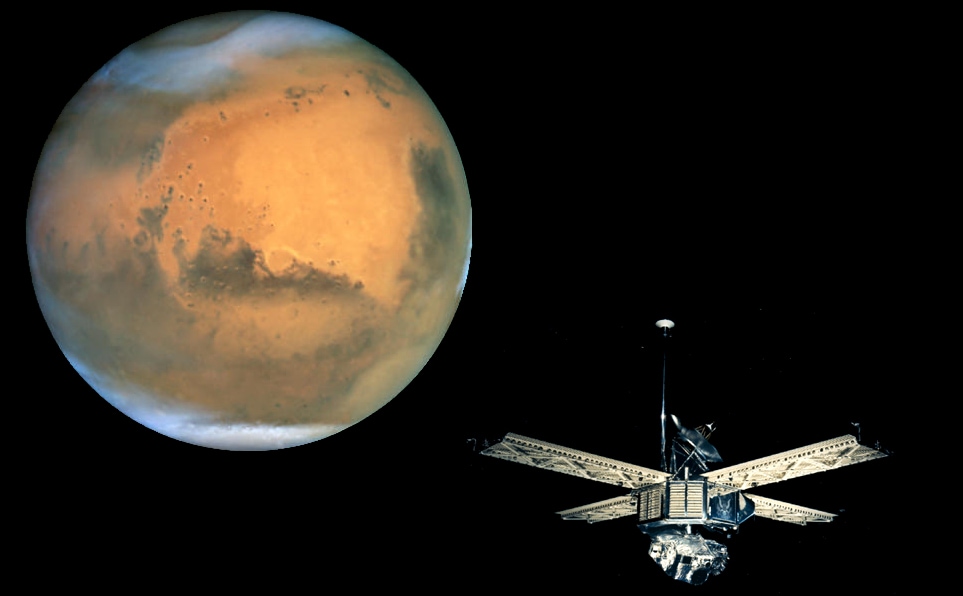

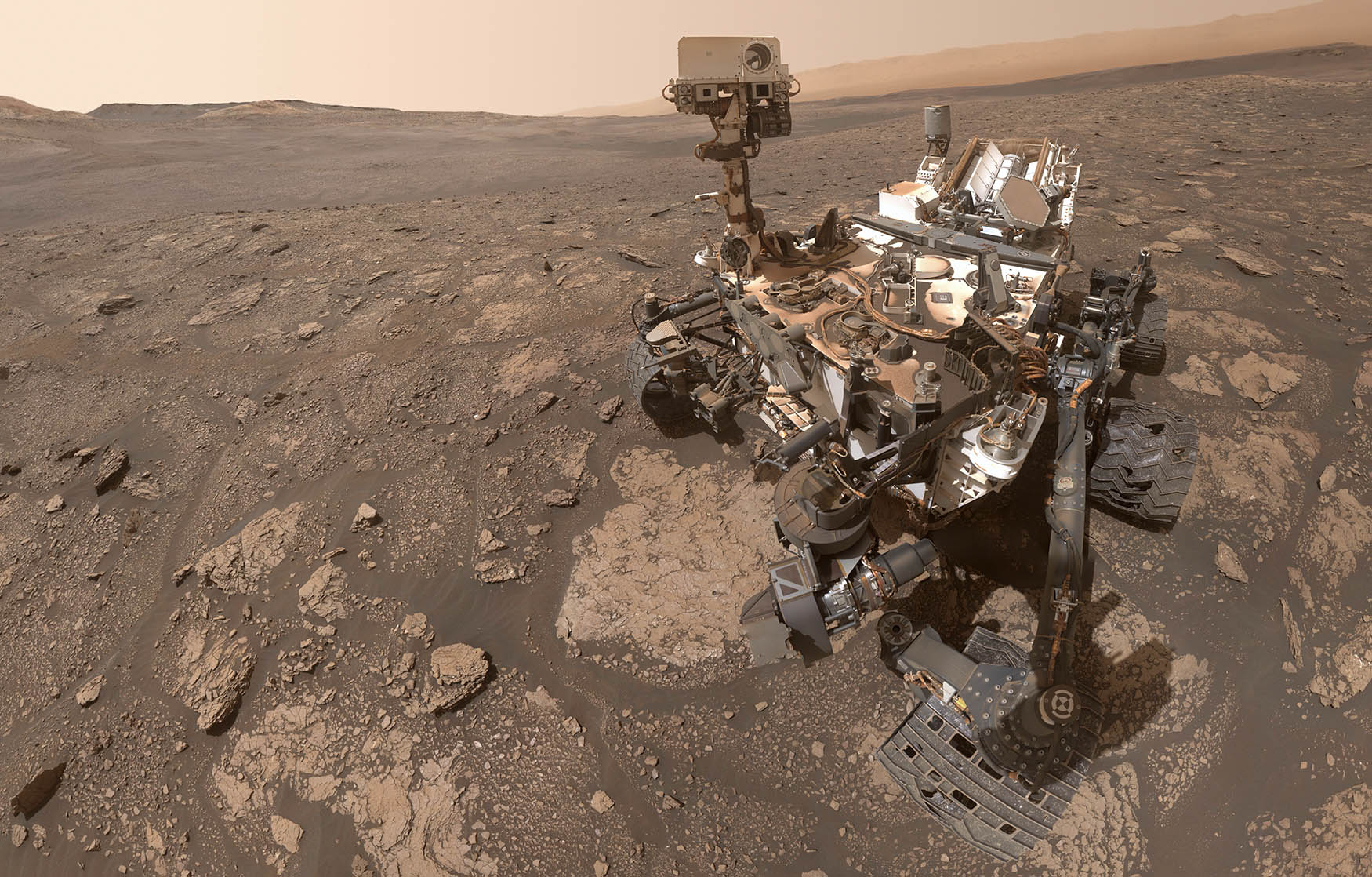
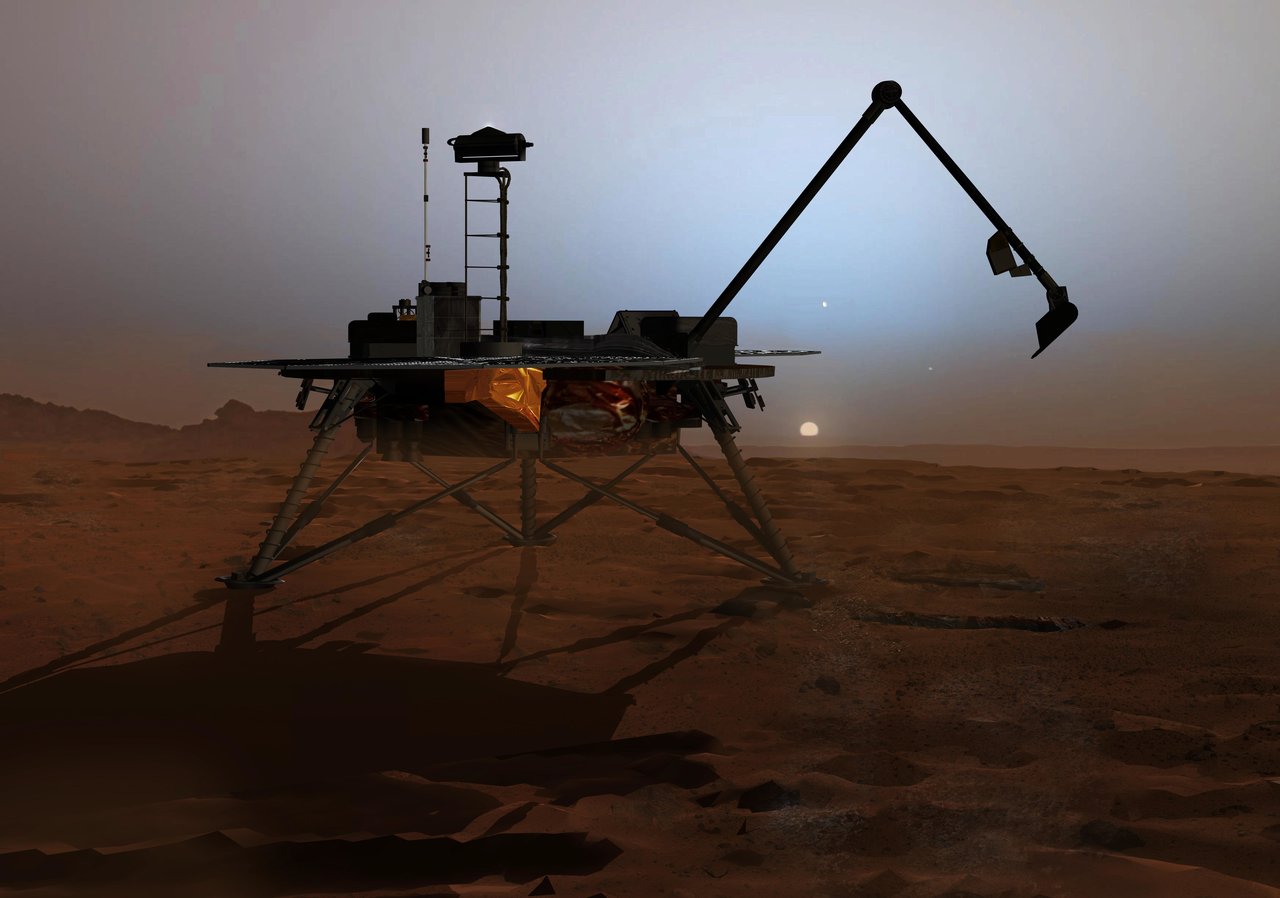
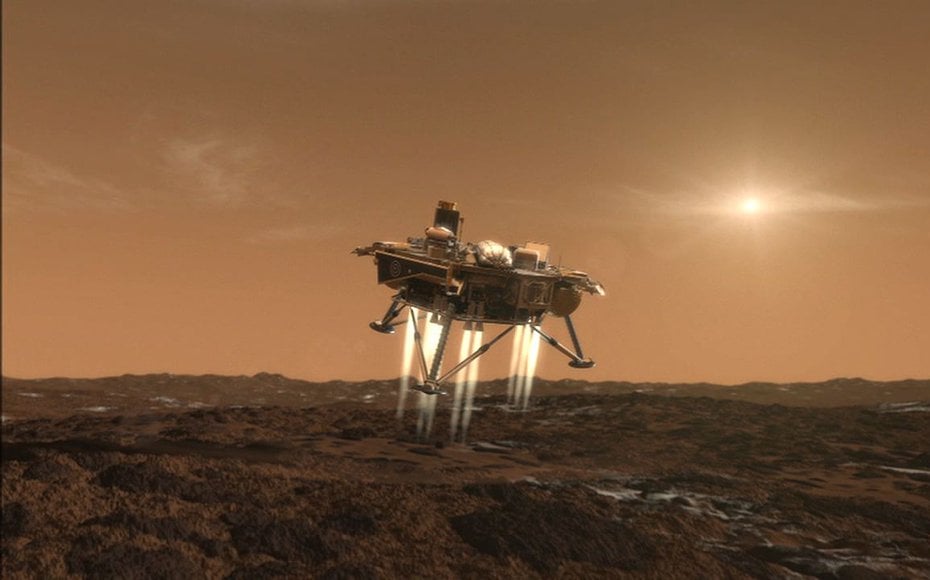
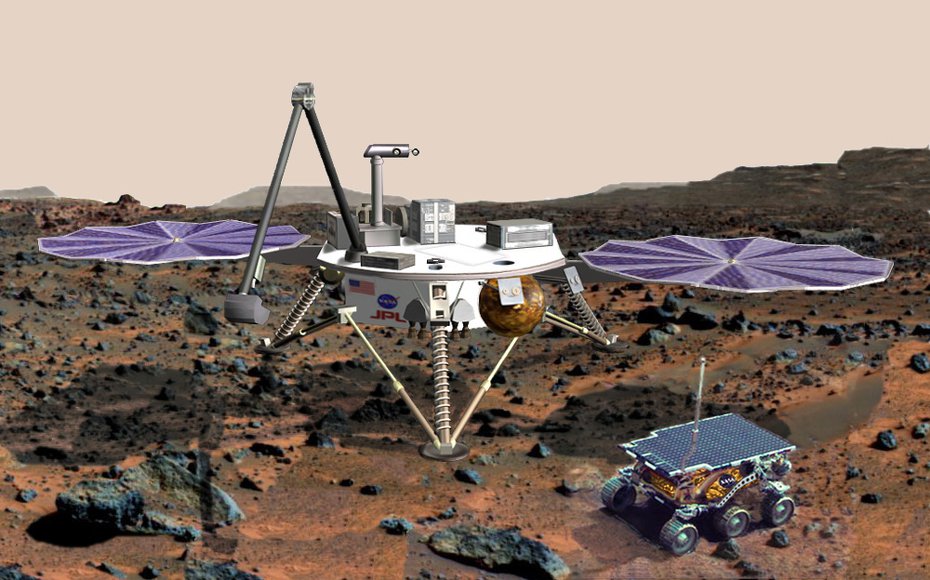

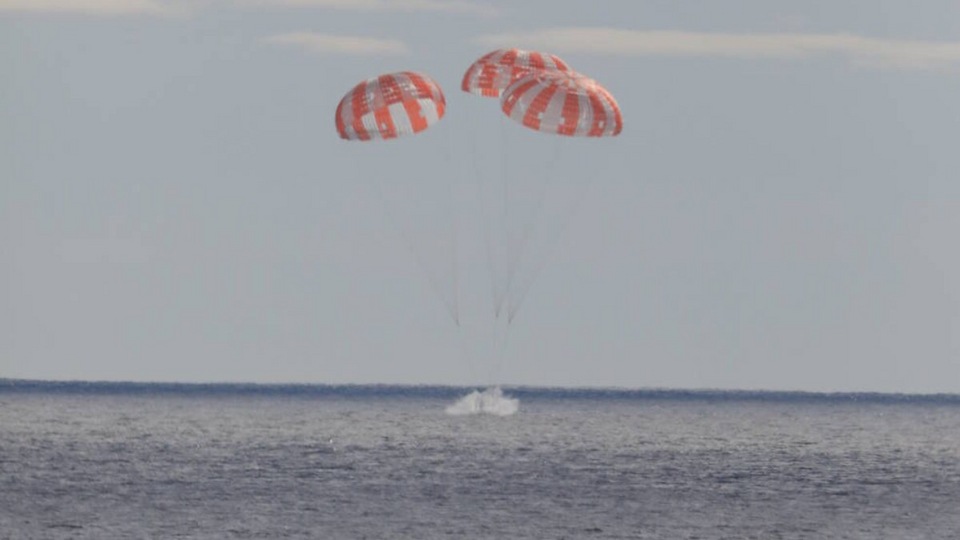
 View all Images
View all ImagesSunday, December 11 was a big day for NASA as its Orion spacecraft splashed down in the Pacific Ocean after completing the Artemis I flight test. Informing about the same NASA said in a release, "NASA's Orion spacecraft splashed down in the Pacific Ocean, west of Baja California, at 9:40 a.m. PST Sunday after a record-breaking mission, traveling more than 1.4 million miles on a path around the Moon and returning safely to Earth, completing the Artemis I flight test."
Splashdown is the final milestone of the Artemis I mission that began with a successful liftoff of NASA's Space Launch System (SLS) rocket on November 16, from Launch Pad 39B at Kennedy Space Center in Florida. During the time frame of 25.5 days, NASA tested Orion in the harsh environment of deep space before flying astronauts on Artemis II.
“The splashdown of the Orion spacecraft – which occurred 50 years to the day of the Apollo 17 Moon landing – is the crowning achievement of Artemis I. From the launch of the world's most powerful rocket to the exceptional journey around the Moon and back to Earth, this flight test is a major step forward in the Artemis Generation of lunar exploration,” said NASA Administrator Bill Nelson.
“It wouldn't be possible without the incredible NASA team. For years, thousands of individuals have poured themselves into this mission, which is inspiring the world to work together to reach untouched cosmic shores. Today is a huge win for NASA, the United States, our international partners, and all of humanity,” he added.
During the mission, Orion performed two lunar flybys, coming within 80 miles of the lunar surface. At its farthest distance during the mission, Orion traveled nearly 270,000 miles from our home planet, more than 1,000 times farther than where the International Space Station orbits Earth, to intentionally stress systems before flying crew, informed the space research organisation.
"Prior to entering the Earth's atmosphere, the crew module separated from its service module, which is the propulsive powerhouse provided by ESA (European Space Agency). During re-entry, Orion endured temperatures about half as hot as the surface of the Sun at about 5,000 degrees Fahrenheit. Within about 20 minutes, Orion slowed from nearly 25,000 mph to about 20 mph for its parachute-assisted splashdown," NASA said.
During the flight test, Orion stayed in space longer than any spacecraft designed for astronauts has done without docking to a space station. While in a distant lunar orbit, Orion surpassed the record for distance traveled by a spacecraft designed to carry humans, previously set during Apollo 13.
Recovery teams are now working to secure Orion for the journey home. In the coming days, Orion will return to shore where technicians will offload the spacecraft and transfer it by truck back to Kennedy. Once at Kennedy, teams will open the hatch and unload several payloads, including Commander Moonikin Campos, the space biology experiments, Snoopy, and the official flight kit. Next, the capsule and its heat shield will undergo testing and analysis over the course of several months.
Catch all the Latest Tech News, Mobile News, Laptop News, Gaming news, Wearables News , How To News, also keep up with us on Whatsapp channel,Twitter, Facebook, Google News, and Instagram. For our latest videos, subscribe to our YouTube channel.



